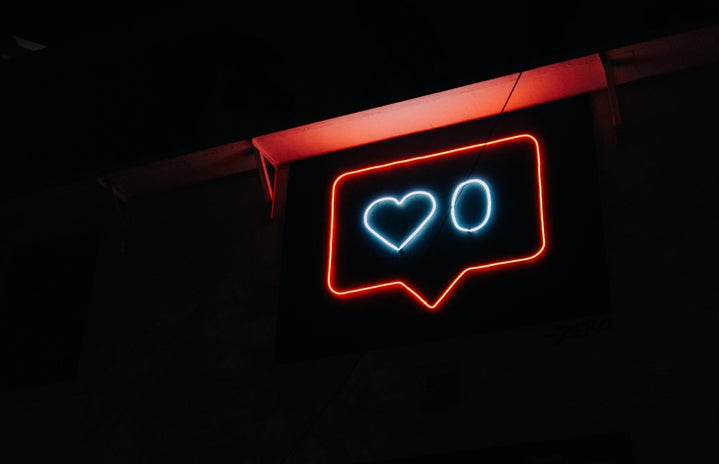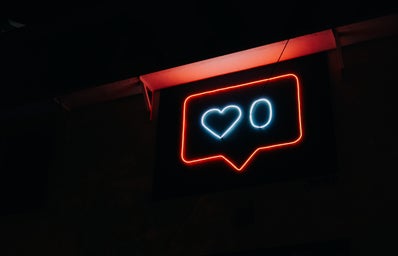As millions of Floridians, I also had an evacuation order from my apartment days before Hurricane Irma hit. It is shocking, scary and impotent the fact that there is nothing you can do to stop a natural disaster of happening and taking lives, trees and your own home. Fortunately, the hurricane didn’t hit as strong as it was expected in Miami, so there were no major losses. However, this experience demonstrated me and gave me proof that social media is the most powerful resource of communication during natural disasters.
One day before I was told I had to leave my apartment, I packed my bags and decided to go on a road trip with my friends and family. Classes were cancelled, and the sense of fear was in the air, so we thought we will take this unfortunate event and hopefully turn it into a fun holiday for us. The plan was set, and we were ready to go but there was no gas in any of the gas stations we were stopping in. This was the first of many times that social media will come to our rescue. We searched in Twitter and Facebook and encounter posts of people that said where and how long was the line in gas stations where there was gas available. This is a clear demonstration of how social media has become an integral part of disaster responses.
Furthermore, our road trip included Orlando, Alabama and Kentucky. As you can imagine, we spent a lot of hours inside a car where there was no television. The only devices all of us had were our phones, tablets, and laptops which was everything we needed to keep us informed and updated about the situation back in Miami. In my opinion, it is faster to look up information online than to hear it from the television because in your device you have the power to select and give priority to the information you want to gather. Plus, nowadays you get notifications or text messages as soon as something happens. For instance, Miami Dade College had an outstanding communication with students via “MDC Alerts” by text messages, emails and even phone calls.
I also realized how essential is for everyone to have access to the internet and to power. In many stops we made, shops will open their doors to lend chargers and WiFi to evacuees in case they were worried relatives, needed medical assistance or wanted to volunteer. It was heart-warming to see the help strangers were providing and confirmed me that on these modern days, thanks to social media, now everyone can help. For example, sharing telephone numbers (of where to call for help) can make a big difference and perhaps save someone’s life.
Therefore, social media may have its pros and cons, but in emergency situations (like natural disasters) it is a life-saving tool. This is the reason we must embrace its power and be part of the communication strategy that not only keeps us inform second by second, but also helps us to help others.


